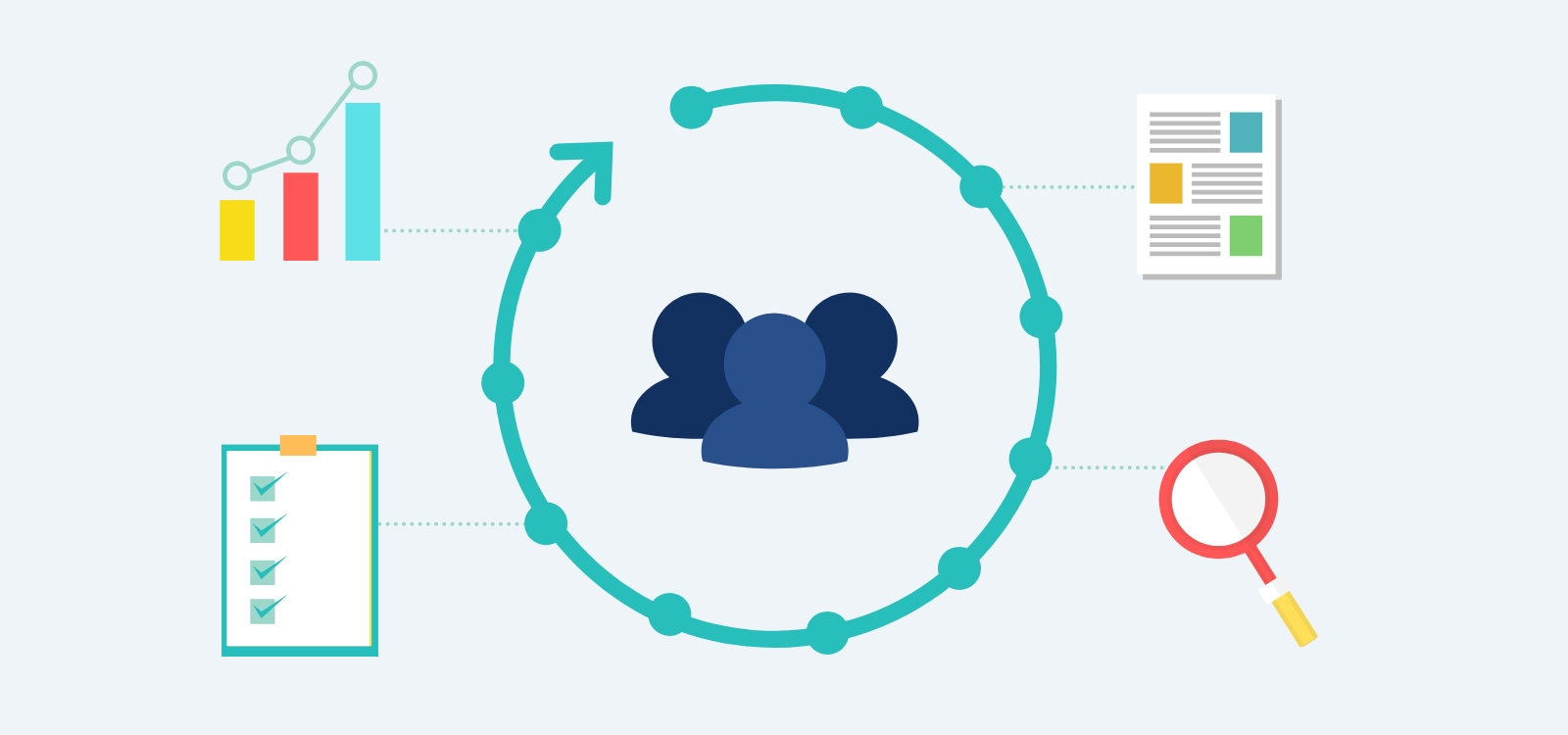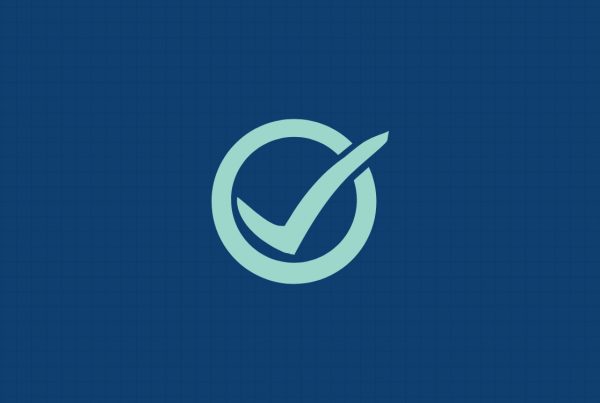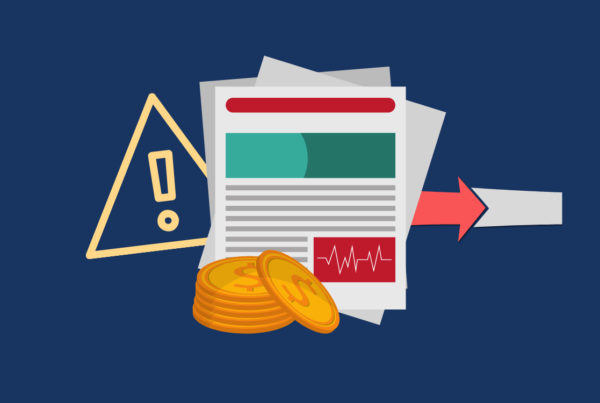As advances in technology give rise to new ways of approaching age-old problems, a new term has begun to surface, one that will no doubt dominate the global dialogue around compliance in very short time: End-to-End Compliance.
—
Up until very recently, the only possible compliance process was by its nature a fragmented one. Typically, it’s myriad steps, activities, and tasks are handled across disparate systems and are further complicated by the fact that compliance work travels through several departments and lines of business.
There have been a few attempts at partial automation to help unify these efforts, including widespread use of Excel spreadsheets, GRCs, and various point solutions. Even with these tools in place, however, businesses have fallen prey to the gaps inherent in such a disjointed environment, negatively impacting their ability to keep up with regulatory events, implement policy internally, and provide clear evidence of compliance to auditors.
As advances in technology give rise to new ways of approaching age-old problems, a new term has begun to surface, one that will no doubt dominate the global dialogue around compliance in very short time: End-to-End (E2E) Compliance.
Due to its relative newness, the term is often met with mixed emotions — excitement, but also skepticism and confusion over what exactly constitutes E2E Compliance and how it can be achieved practically.
Defining E2E Compliance
At its core, E2E simply describes a process that takes a service from beginning to end, delivering a complete functional system.
E2E Compliance is a fully traceable process that connects external regulatory events to a business’ specific obligations, then all the way through to that business’ internal controls, policies, and procedures.
This process, which can only be achieved through automation, covers both existing regulations and new rules or changes, thereby integrating horizon scanning and change management into the overall flow.
In an ideal E2E system, businesses could 1) be alerted to relevant new rules or changes to existing rules, 2) be directed to the exact parts of their internal controls or P&Ps that are impacted so team members can make the appropriate changes, 3) manage their obligations digitally, 4) easily produce records of their compliance activities, and 5) generate useful reporting dashboards.
E2E as a Pathway to Better Business
A study of other industries provides us with much encouragement about the achievability of E2E.
E2E unlocks a number of exciting opportunities. Automating the bulk of the manual tasks that plague the process, like scouring the web for regulatory changes and connecting them to internal policies, will save significant time and reduce the risk of errors that could lead to undesired consequences including fines, suspensions, reputational damage. Alerts help drive action that will allow companies to stay ahead of regulation. Automated audit trails and reporting capabilities bring much-needed relief to regulatory examinations. Overall, there are more ways to knit the process together than ever before without requiring so much laborious, manual work to see results.
A study of other industries provides us with much encouragement about the achievability of E2E. Marketing was one of, if not the first, industries to widely adopt automation and AI technologies on a massive scale. Literally thousands of MarTech solutions are available today that help businesses compile a 360 degree view of their customers and to produce and distribute hyper-targeted marketing messages based on demography, geography, behavior, intent, and a whole slew of other markers that would be impossible to tap into without some form of automation.
The shipping and logistics industry has also made incredible advancements due in no small part to innovation powerhouses like Amazon. An E2E shipping and logistics process today combines multiple, integrated solutions to track and manage inventory, storage, and distribution, giving the business complete visibility into every minute detail, down to whether one of their trucks turns right or left — or more importantly, whether that truck should turn right or left depending on traffic patterns and delivery schedules.
As industries like marketing and shipping have been transformed by E2E, so will it be for compliance. The only question that remains is not necessarily of when, but of how.
A Practical Approach
That a variety of solutions are available is an advantage as it allows firms to build a fully integrated technology stack that is unique and optimal for their specific business.
The most common misconception that financial firms have about E2E Compliance is that it can be accomplished with one vendor. While an attractive vision, it’s one that is simply unattainable (at least in the foreseeable future) considering the massive complexity and scope of regulation.
On its face, this may seem like a disheartening and unwelcome truth, but again we can take cues from industries like marketing and shipping. Both have fully embraced both automation and the concept of E2E and yet no single one-size-fits-all solution dominates either market; quite the contrary in fact. That a variety of solutions are available — and this applies to regulatory technology as well — is an advantage as it allows firms to build a fully integrated technology stack that is unique and optimal for their specific business.
The first step businesses must take on the pathway to E2E Compliance is to outline their processes and engage with the market to identify which aspects are possible to automate. Firms will find, as we have, that the upfront lift of regulatory research and analysis can certainly be automated, along with a number of other points in the process that RegTechs of all shapes and sizes today are ready to address.
Ascent can play an integral part in E2E Compliance by providing customers with the ability to automatically identify the obligations and ongoing rule changes that apply to their specific business, then to connect that regulatory knowledge to their other systems via automation. Ascent achieves this on a level of granularity and scale that simply was not possible a decade ago.
As the market leaders in developing Regulation AI — artificial intelligence built uniquely for the regulatory compliance industry — Ascent is forging a new path to help our customers in the financial services industry not only automate and scale their compliance programs, but to make E2E Compliance a reality rather than a vision of a faraway future.
Enjoy this article? Subscribe for fresh thoughts designed to help you stay at the forefront of compliance and technology.







